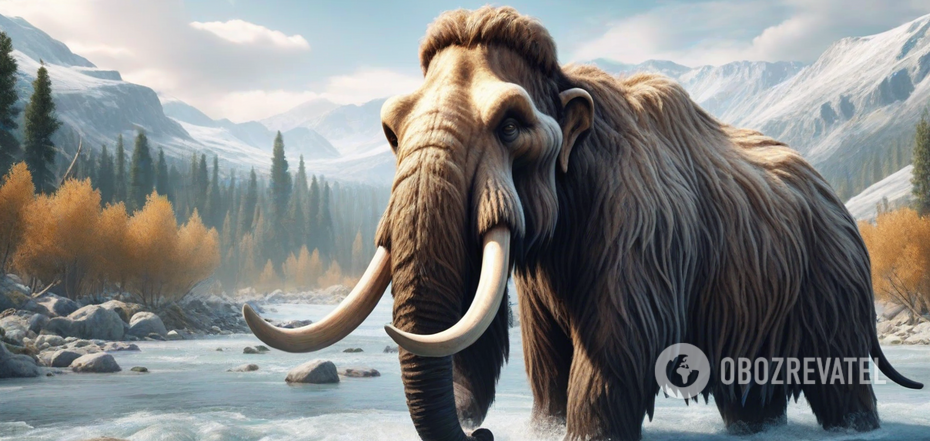News
Scientists take first important step to bring back mammoths
Scientists from the American company Colossal Biosciences have succeeded in creating elephant stem cells in the laboratory for the first time. This is the first step toward bringing live shaggy mammoths (Mammuthus primigenius) back to Earth.
Colossal Biosciences intends to reproduce not only mammoths but also the Dodo bird and the Australian marsupial wolf. For now, however, they are taking slow steps.
According to Cosmos, researchers have managed to obtain induced pluripotent stem cells (iPSCs) from Asian elephants. These iPSCs are reprogrammed in such a way that they can give rise to any type of cell in the body.
This breakthrough will allow the company to study the genetic differences between the shaggy mammoth and its closest relative, the Asian elephant, as well as to conduct gene-editing experiments without the need for live animal tissue.
Thanks to the successful formation of iPSCs in the laboratory, scientists will be able to find out, among other things, why mammoths were so special. In particular, how exactly their shaggy hair, curved tusks, fat deposits, and domed skulls were formed.
There is also the possibility that the iPSC breakthrough will allow scientists to reproduce elephant sperm and eggs in the laboratory. This is important because the population of Asian elephants is not stable.
According to the World Wildlife Fund, there are less than 50,000 Asian elephants left in the wild. They are listed in the Red Book as endangered.
Researchers at Colossal Biosciences are currently looking for alternative methods of creating iPSCs and maturing the cells they have already produced.
They also intend to learn about the complex 22-month gestation period of elephants. Understanding this process is crucial if scientists want to produce a healthy, woolly mammoth calf through in vitro fertilization of a modern elephant.
The company hopes that the first live woolly mammoth could be born by 2028.
Woolly mammoths roamed the Earth for almost 800,000 years. They were majestic animals that reached a height of 3.5 meters and weighed up to 8 tons. Their disappearance was caused by the end of the last ice age 12,000 years ago, which led to climate warming. However, the human factor was also involved, as ancient people liked to hunt them for meat and wool.
At the same time, in a global sense, mammoths became extinct not so long ago. Therefore, scientists have even managed to find relatively well-preserved bodies of animals that were frozen in ice. The last habitat of mammoths was the Siberian Wrangel Island, where they existed 4,000 years ago.
For comparison, mammoths became extinct after the Great Pyramids of Giza had existed for 600 years, and Stonehenge was 1000 years old.
So, if we look at global history, humanity is not that far from mammoths.
Subscribe to OBOZ.UA channels on Telegram and Viber to keep up with the latest events.



























